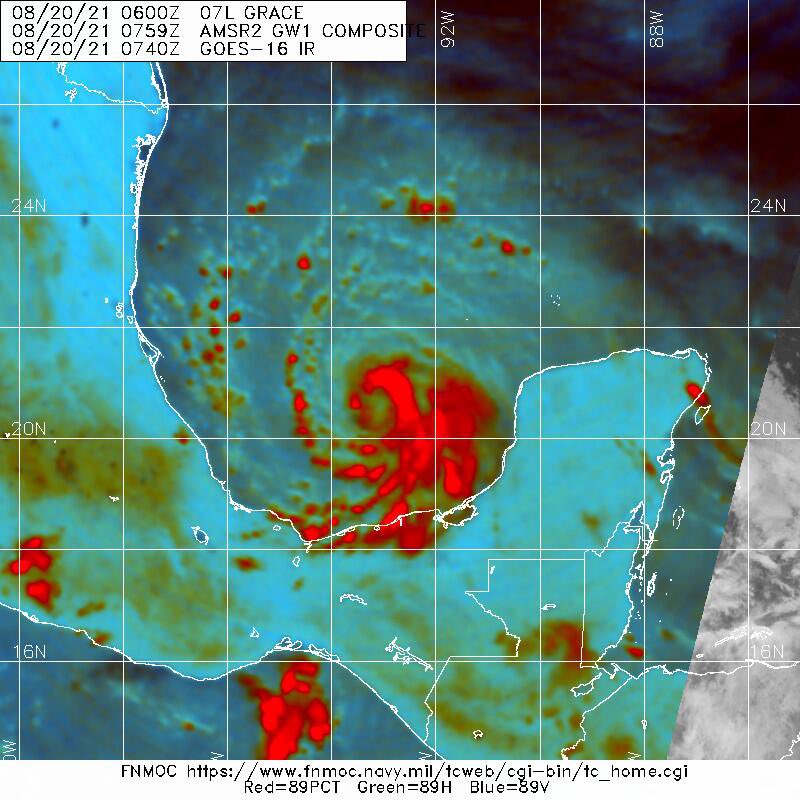Archived content: sketch of how extreme rainfall in Zhengzhou, China was related to (1) moisture transport enhanced by the monsoon gyre, (2) deepening upper-level trough, and (3) leeward inverted trough and upslope flow. 1/n 

#Henan province has seen 837 stations with 24 hour rainfall amount of 100mm+ (~4"+), 195 stations above 250mm+ (~10"+), with the bullseye centered over the state capital of #Zhengzhou, which was submerged under widespread 400~600mm totals. 



Maximum hourly rain rate observed at #Zhengzhou was a staggering 201.9mm between 4-5pm local time. This is a new record for all 2418 national stations in mainland China and possibly the largest downpour in human history for a city with 10+ million population. 

Radar animation centered over #Zhengzhou between 4-5pm local time when 201.9mm of rain fell within 1 hour. A cluster of 50+ dBZ reflectivity remained stationary over the metro area with extremely high precipitation efficiency.
Forecast for the event from the National Meteorological Center (NMC) captured the bulk of the heavy rainfall (widespread 100~200mm and scattered spots of 250mm+) while missed on the exact details of local extremes, which was not a surprise given the rarity of such extremes. 



Annual mean precipitation for #Zhengzhou is 640.9mm (25.24") based on 1981~2010 climatology. Maximum 24-hour total rainfall from this event was 644.6mm (25.38"). It was literally "dumping a year's worth of rain in one day". 



• • •
Missing some Tweet in this thread? You can try to
force a refresh

















